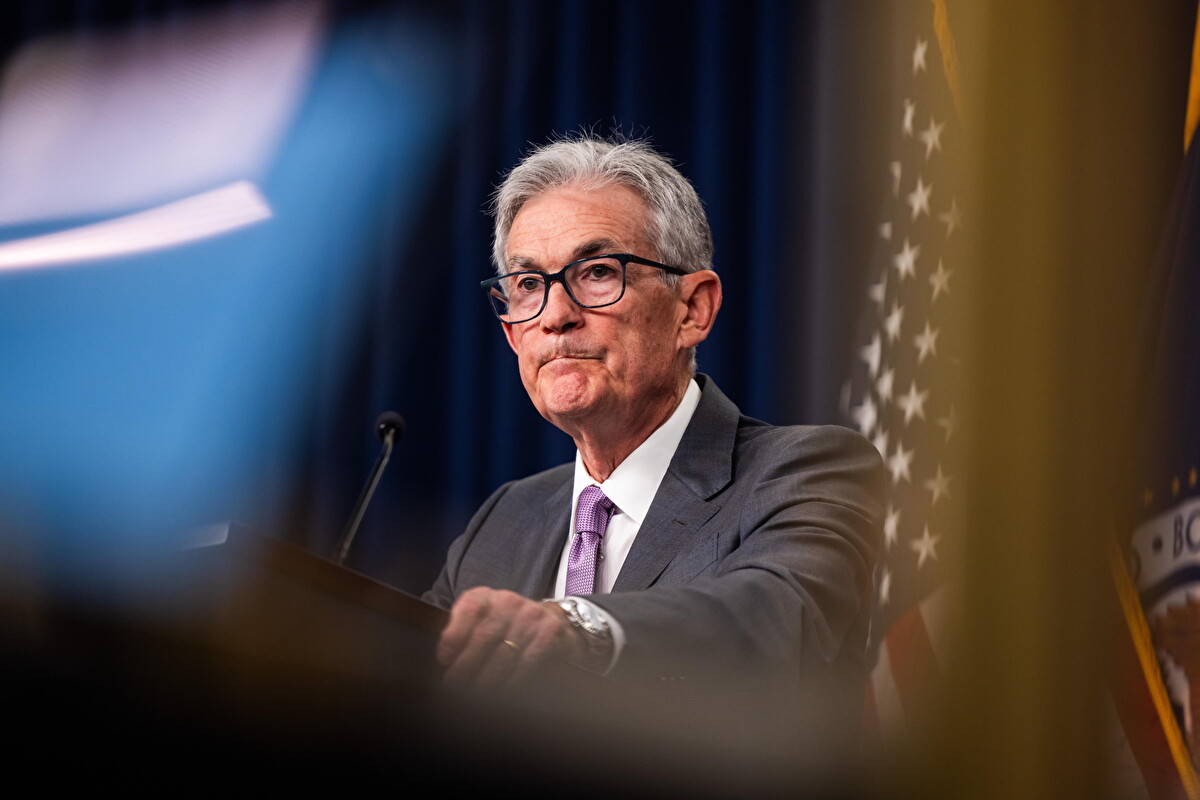U.S. President Donald Trump escalated his attacks on Federal Reserve Chair Jerome Powell on Thursday, calling for his immediate ouster and urging the central bank to lower interest rates in line with European counterparts.
Powell’s exit “cannot come fast enough,” Trump wrote on his social media platform, Truth Social, renewing pressure on the Fed just hours after Powell defended the institution’s independence in a high-profile speech.
Speaking Wednesday at the Economic Club of Chicago, Powell said the Fed’s “independence is very widely understood and supported in Washington and in Congress where it really matters.” His comments drew strong applause from an audience of senior economic executives.
Trump dismissed the speech as “another, and typical, complete mess!” and accused Powell of being “always too late and wrong.” He criticized the Fed chief for not following the example of the European Central Bank, which on Thursday cut its benchmark interest rate by 25 basis points to a range of 2.25%–2.40%, compared to the Fed’s 4.25%–4.50%.
“Powell should have lowered interest rates, like the (European Central Bank), long ago,” Trump wrote. “But he should certainly lower them now.”
The remarks add fuel to a longstanding conflict between the two. During his first term, Trump repeatedly threatened to fire Powell — an option now at the center of a case before the Supreme Court. The justices are weighing whether a president has the authority to remove officials from independent agencies before their terms expire. Powell, who has said the Fed is closely following the case, believes the outcome would not apply to the central bank. His term ends in May 2026.
The Fed, which reduced rates through three rounds of cuts in early 2024, has held them steady since December amid persistent uncertainty about inflation and fiscal policy. Much of the unease stems from Trump’s tariff agenda — a central feature of his administration — which Powell warned on Wednesday could knock inflation and employment off course.
Some members of the Fed’s board have called the tariff measures an unprecedented “economic shock.” The dual risk of rising prices and eroding business confidence has divided policymakers: some are prepared to cut rates further to protect the labor market, while others worry that erratic policies could drive inflation higher and force the Fed to reverse course.
The situation marks a sharp contrast with other major central banks. While the Fed moved in sync with its peers earlier this year — cutting a full percentage point over three successive meetings — it has since paused, awaiting clearer signs that inflation is cooling. That caution was reinforced by slower-than-expected disinflation in the fall.











